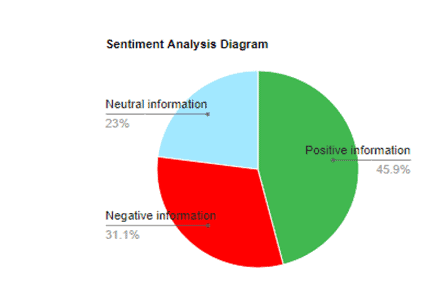Hyderabad: National Institute of Rural Development and Panchayati Raj (NIRDPR) Faculty Dr. Akanksha Shukla reviewed the media coverage of the Sabarimala Issue in terms of ‘Positive,’ ‘Negative’ and ‘Neutral’ news.
With the State starting to relax the nation-wide lockdown imposed to prevent the spread of the COVID-19 pandemic, religious places that remain closed now could be reopened shortly. This could result in the Sabarimala issue coming into the forefront of public attention again. The objective of this exploratory paper is to inform the public and provide a perspective about the media coverage.
In her exploratory paper titled ‘The Sabrimala Controversy: A ‘Generated’ Social Movement In Making’, Dr. Akanksha Shukla, Associate Professor and Head (CDC), Center for Development Documentation and Communication (CDC), NIRDPR, conducted a media analysis of the complete one month’s online media data drawn from Indian newspapers of English language and few Hindi language newspapers as well.
A customised search engine was created in google for 10 Hindi newspapers and only they were searched on the Sabrimala temple issue. The last day of data drawn was 25th October 2018. Although the controversy continues, this paper is limited in presenting the various points of views around the controversy and data analysis based on sentiment analysis of the online media.
The sentiment analysis in this paper reflected positive information of 45.9 per cent. This analysis is reflective of October 2018 and is bound to change as the clash between the individual right and religious right grow. What can be predicted at this point that the cultural dissent has ignited a social movement of a very difficult nature. It is essential, therefore, to understand the contexts in which social movements are grouped.
The following coloured text reflects the mode of the data analysed:
‘“We also request all Ayyappa devotees from Tamil Nadu to shun plastics”, said the commissioner.’
‘The Kerala High Court has banned the use of plastics in and around the Sabarimala temple as it affected the ecologically-sensitive forest area surrounding the temple.’
‘The gates of the temple opened on the night of October 17 for the first time after the historic verdict of Supreme Court which allowed women of all ages to enter the temple.’
‘Journalists have been stationed at Pamba and Nilakkal over the past five days covering attempts by women between the ages of 10 and 50 to enter the Sabarimala temple.’
‘Over 10 women between the age group of 10 and 50 years had attempted to enter the Sabarimala temple during the last 5 days, but they were sent back following intense protests by the devotees.’
‘On October 17, when the doors of the Lord Ayyappa on hilly place of pilgrimage were opened for the first time after the controversial Supreme Court decision, a number of female reporters, who were on their way to Sabarimala temple to report on the story, were attacked by devotees protesting against the apex court order.’
In the above example, the red text reflects the negative information, the green shows positive and the blue text is neutral information.

Analysing the protest through the Theoretical Framework of Herbert Blumer, an American sociologist, who had identified four stages of social movements’ lifecycles. The four stages he described were: ‘social ferment’, ‘popular excitement’, ‘formalisation’ and ‘institutionalisation’ (De la Porta & Diani 2006, p.150).
The first stage, ‘Emergence’ or ‘social ferment,’ was achieved as soon as the verdict was announced. Stage two, known as ‘coalescence’ or the ‘popular stage,’ is characterised by a more clearly defined sense of discontent. This stage was achieved as soon as the verdict was announced and the temple doors opened for devotees.
The third stage in a social movement is known as ‘bureaucratisation’ or ‘formalisation’. Finally, the last stage in a social movement lifecycle is ‘decline’ or ‘institutionalisation.’ ‘Decline’ does not necessarily mean failure for social movements though. Instead, Miller (1999) argues, there are four ways in which social movements can decline – Repression, Co-optation, Success, and Failure.
mohammedhussain.reporter@gmail.com

